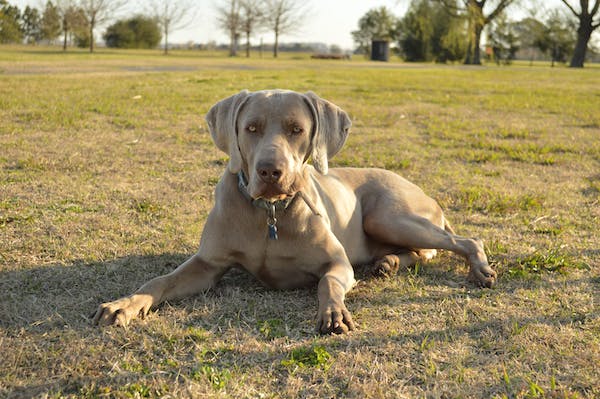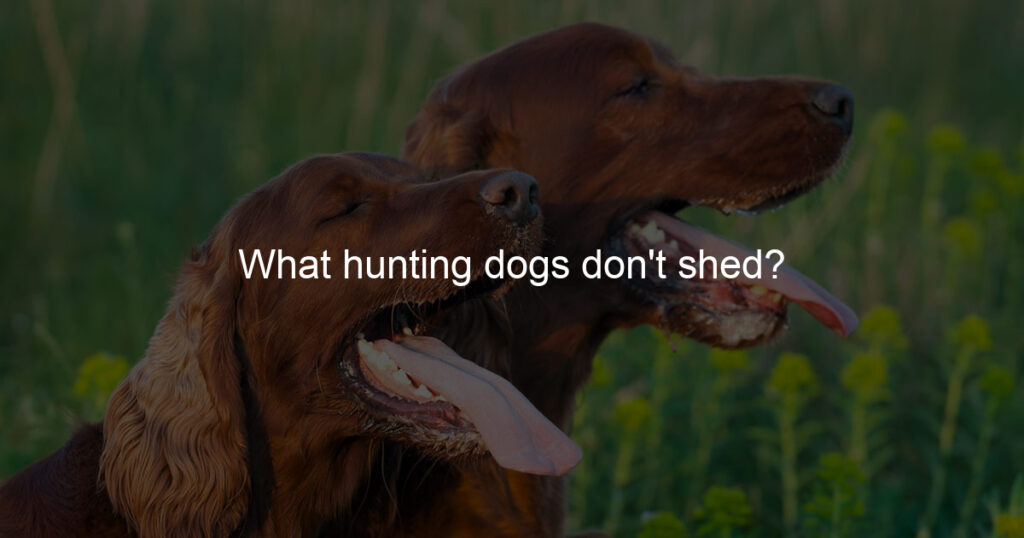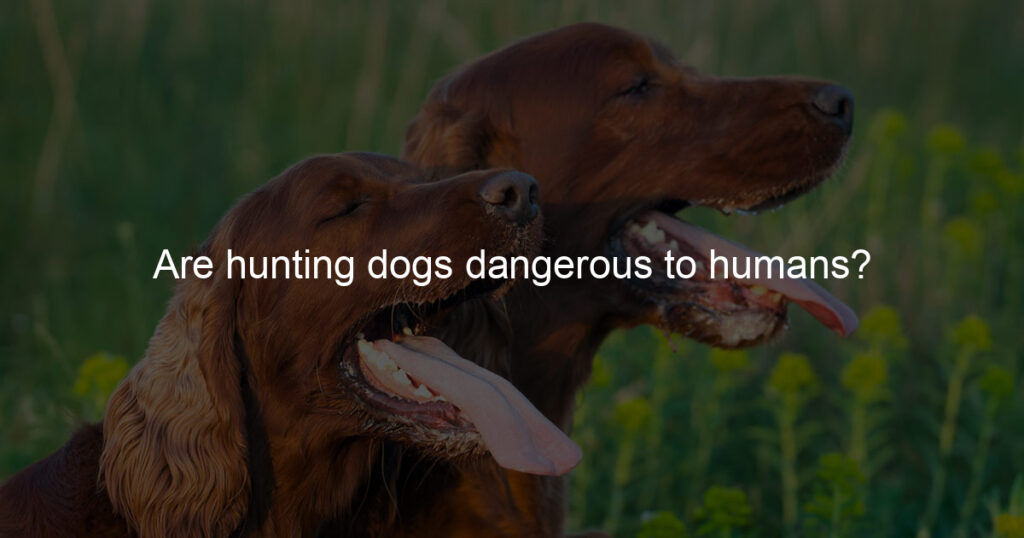Dogs are perfect fur companions to have at home. You can rely on them unconditionally for protection and companionship.
With a hunting dog at home, you have the protection you need. Hunting dogs are good at what they do. They are intelligent, talented, and agile.
However, even with their talents, hunting dogs are prone to injury. They experience common conditions including ear infections, unspecific lameness, cardiac diseases, cruciate injuries, gastrointestinal diseases, and more.
Let’s look at these diseases in detail and how to manage them.
Keep scrolling.
Common Injuries in Hunting Dogs
1. Skin Infections
Hunting dogs are predisposed to skin infections. They don’t have the follicular lipid plug and have a fragile skin barrier that makes them susceptible to a skin infection.

Bacterial toxins cause conditions like surface and superficial Pyoderma. Dogs with these infections experience inflammation of the skin. Various bacteria, allergies, and external parasites cause skin infections in dogs.
2. Snake Bites
There are no avoiding snake bites when your hunting dog spends most of their time in forested and bushy areas hunting. Its survival will depend on how fast they get help after the bite and the location of the snake bite. Most hunting dogs can survive if bitten on the limbs than the neck.
3. Unspecific Lameness
As they grow older, hunting dogs may experience osteoarthritis. This is a painful condition that affects their joints. It makes them uneasy and unable to run around like before.
Dogs with this condition may start limping, becoming sluggish, or lose their usual high energy. The pain usually affects the spine, legs, toes, elbows, and hips.
This condition is incurable, but you can help them cope by keeping their weight in check and clipping their toenails regularly to help them walk comfortably.
4. Punctures, Lacerations, and Cuts
While out there hunting, your dog will get injured from punctures, lacerations, and cuts. These wounds are inflicted by sharp objects while jumping, climbing, or chasing prey.
Cuts, punctures, and lacerations leave clean-cut wounds due to the force of sharp objects. They could be slashes from pieces of glass, or strong, or metallic objects. Lacerations are often deeper, inflicted by barbed wire fences, dry tree branches, etc.
Sharp objects like thorns, tacks, nails and the teeth of other animals inflict punctures. The punctures are deep, causing excessive bleeding.
If left dirty, the wounds can get infected and cause limping or swelling. To manage such injuries, clean the wounded areas to remove dirt and apply First Aid before taking them to the vet.
5. Ear Infections
One of the most common injuries for the hunting dog is an ear infection. This infection makes them whine, scratch, and shake their head.

As they work outdoors, the moisture can create a conducive environment for yeast and bacteria. An allergy can also cause ear infections. Taking them to a vet will help identify the type of infection and prescribe the appropriate antibiotics.
6. Broken Bones
Fractures may not be familiar with hunting dogs, but they do happen. Your dog may run into foot traps while chasing. When you see them gasping for breath or changing their walking style and posture, it’s probably because they have a fracture.
Dogs suffering from broken bones often have difficulty moving, experience joint pain and stiffness, and more. You’ll also notice some swelling and bruising near the joint.
One of its joints may look deformed, out of place, or swollen, making it difficult to move the limbs.
Managing Your Hunting Dogs’ Injuries
Managing your dog’s injuries can help prevent further infection. When your dog is injured, clean the area and apply antibiotic ointment to minimize infections from contaminants and dirt.
Cover the wounded area with gauze and take them to the veterinarian for treatment. For Pyoderma, use systemic antibiotics and topical therapy.
Appropriate treatment is needed when a snake bites your hunting dog. The vet will determine the right anti-venom and administer it immediately to minimize complications or death.
When you’re on a hunting spree with your dog, carry a First Aid kit. It will come in handy when you apply for First Aid in the middle of the forest. You’ll be able to clean their wounds and dress them to reduce infections when they are hurt.
Carry bandages, tweezers, medical adhesive tape, sterile gloves and eyewash, cold packs, gauze bandages, and scissors.
Wrapping Up
There’s a lot you can do for your hunting dog when they’re injured and in pain. Although it’s unavoidable for them to get injured, understanding the basics of First Aid enables you to assist the dog on time.
A First Aid kit can help you handle the most common and basic injuries. Proper preventive measures can increase their survival rates. You can also learn skills such as how to administer CPR and other First Aid skills.
This will help you become the first line of response for your dog.








